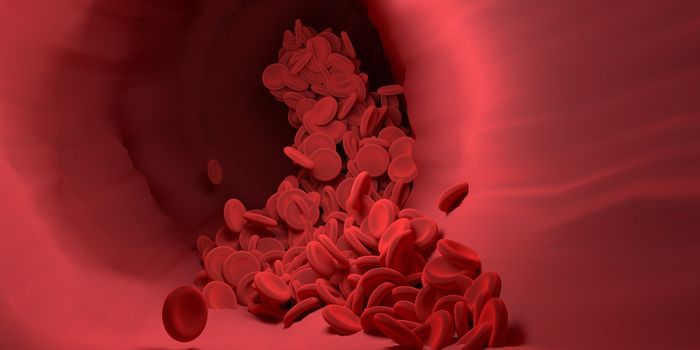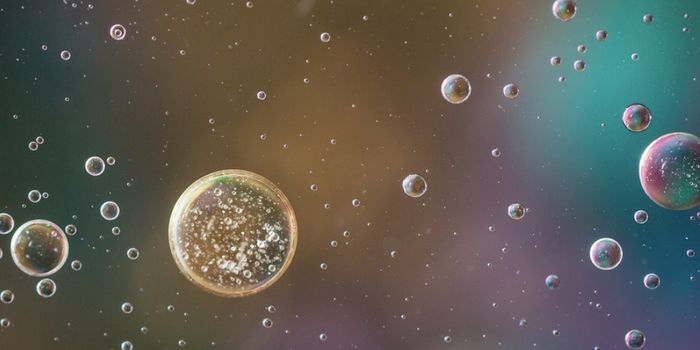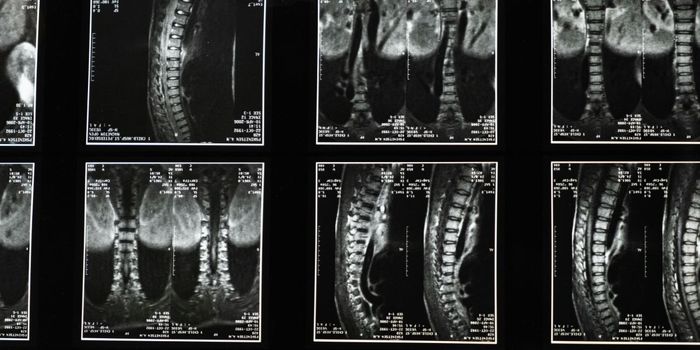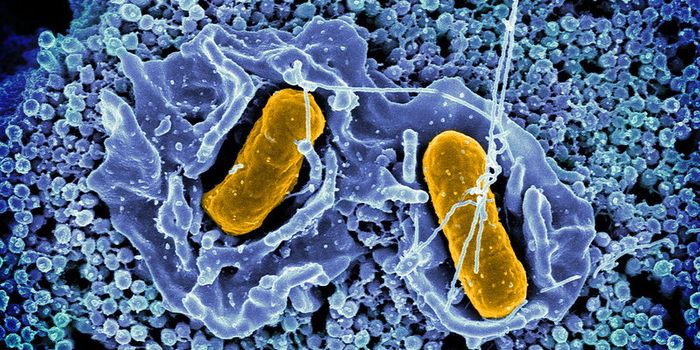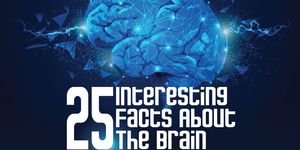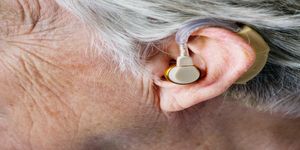New Research Efforts to Create Human-Monkey Chimeras
In a human male, the sperm is a gamete, a mature haploid germ cell. When it fertilizes a female gamete, an ova, they form a zygote. Chimeric animals carry cells from two different zygotes, which also means they have two sets of DNA. Chimeras can arise naturally in biology, such as when a fetus absorbs a twin in the womb, or because of a bone marrow plant procedure. Scientists have also been generating chimeric embryos from different species for many years for research purposes, and have learned a lot from them, especially about development. These models can also be used to learn more about disease.
Now the Spanish newspaper El País reports that a research team including Juan Carlos Izpisúa Belmonte, a Salk Institute researcher from Spain, has now started a project in China. His team is aiming to create monkey embryos that carry human cells.
The ultimate goal is to create animals that grow human organs, like a liver or kidney that can be used in a transplantation procedure, for example (though success may still be a long way off). To make chimeras, researchers inject an organism (in this case, a monkey) in the embryonic state with human embryonic stem cells.
Izpisúa Belmonte has already been involved in efforts to use pigs as the embryonic recipients of the stem cell injections. His group has reported that human pluripotent stem cells (hPSC) could be found in the embryos they engineered but they did not grow effectively. Other groups are also at work in this area, and while they have also shown that it’s possible, they also report problems with the procedure, including rapid death of hPSCs. There have been efforts to improve the efficiency of the process, which will surely continue because of the demand for transplant organs with a low risk of rejection.
It’s thought that monkeys would make better recipients because of their genetic similarity to humans. The scientists want to coax the process along with gene editing to remove genetic hurdles to the process, and discourage certain kinds of cells from growing in the embryos.
“The results are very promising,” Núñez told El País. “From UCAM [Murcia Catholic University] and the Salk Institute we are now trying not only to move forward and continue experimenting with human cells and rodent and pig cells, but also with non-human primates.”
This work is still prohibited in the United States, where human-monkey embryos cannot be created. China doesn’t have that rule.
While it’s generating controversy, as is other research in this area, no embryos will be born as part of this work. The team plans to study their chimeric embryos for only a couple of weeks in the laboratory, Estrella Núñez, a biologist and administrator at the Catholic University of Murcia in Spain, told El País.
The work has not yet been published.
The video above by Salk discusses how we can benefit from research using chimeras.
Source: MIT Technology Review, El País



